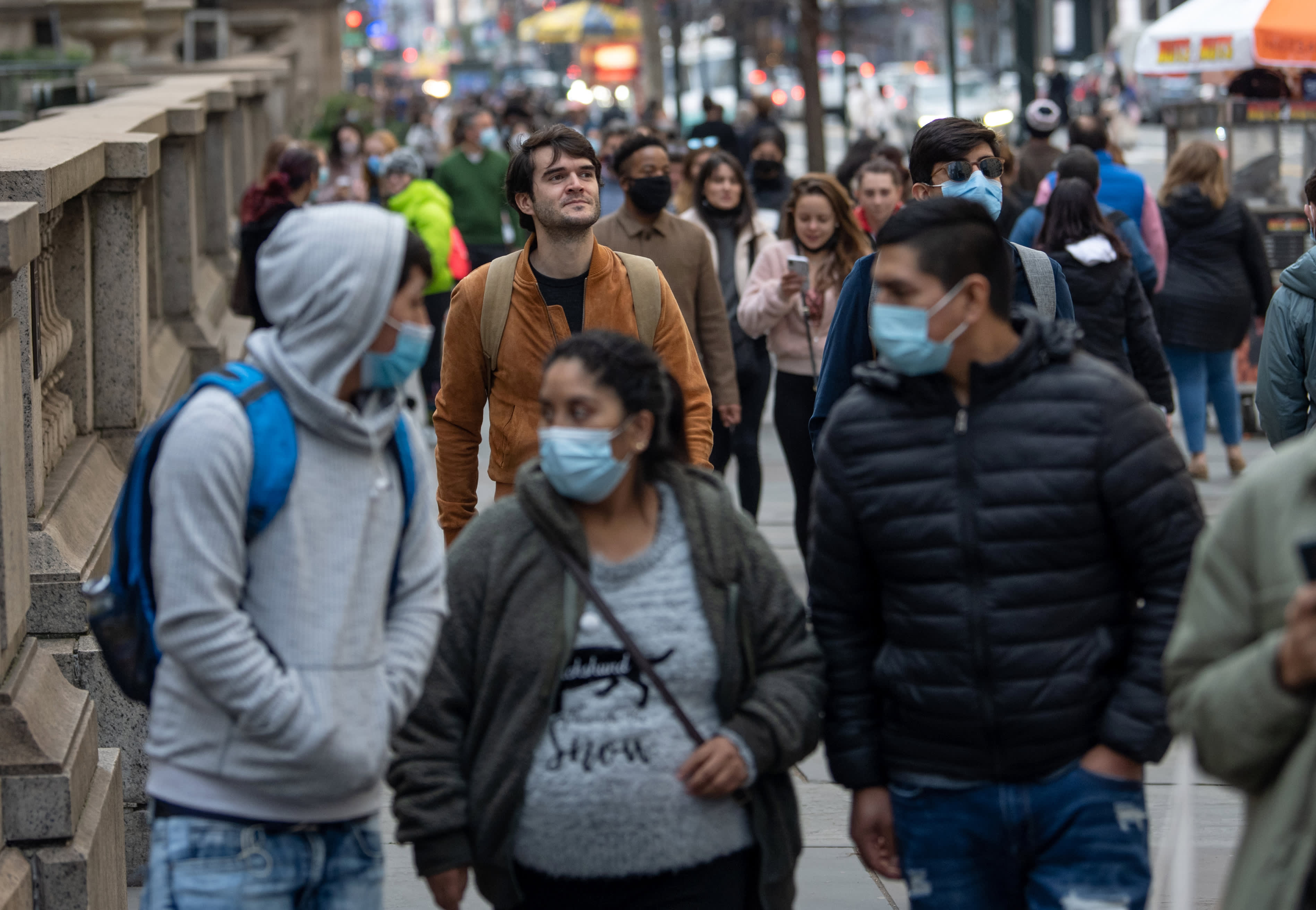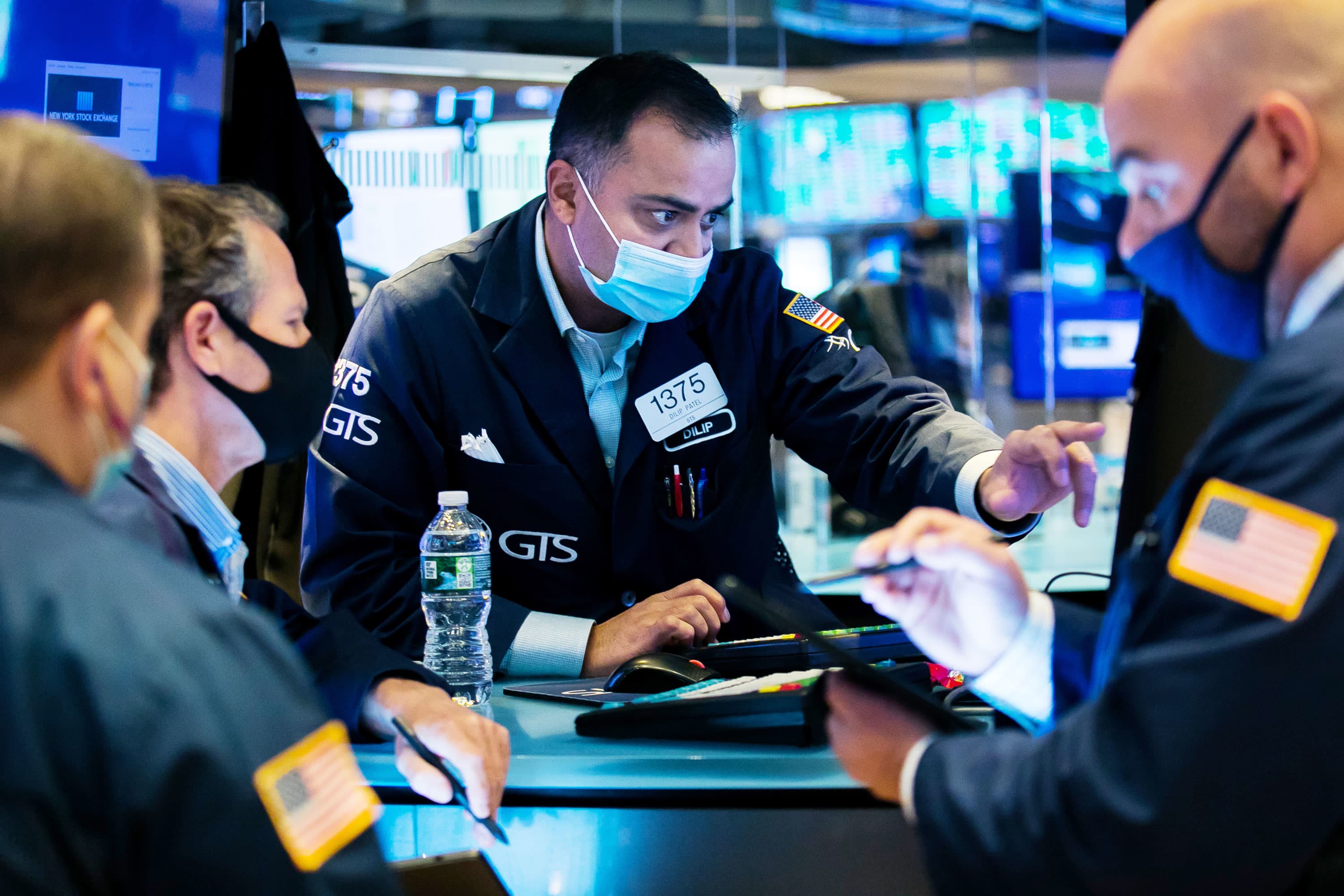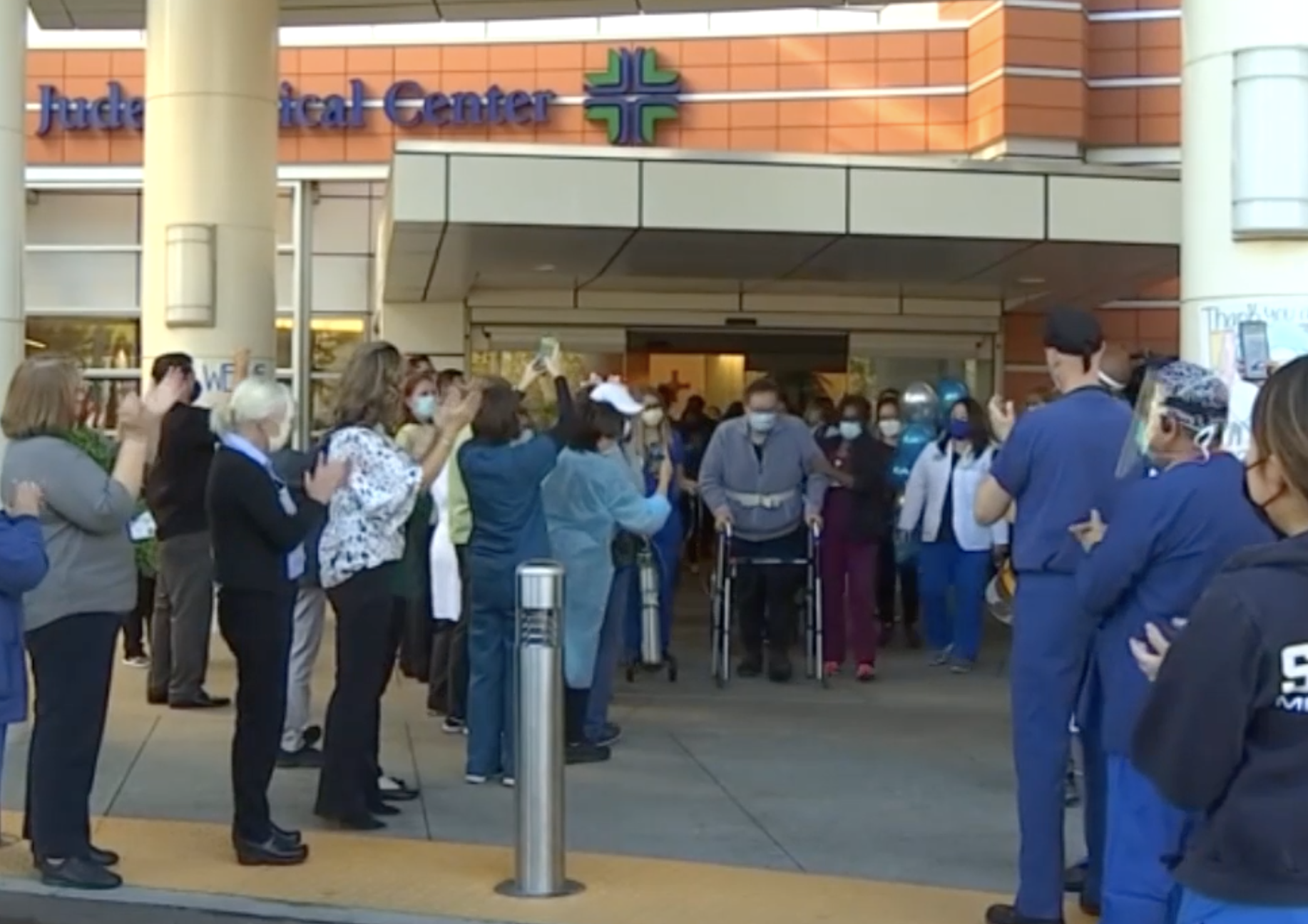Marking the worst point of the COVID-19 pandemic, but warning of even more devastating times ahead, Los Angeles County health officials Wednesday reported record-shattering numbers of virus deaths, cases and hospitalizations that have the emergency medical system "under siege."
The county Department of Public Health reported 138 additional coronavirus fatalities, seven of which were reported Tuesday by health officials in Long Beach. The new deaths, the highest single-day number ever reported, lifted the countywide cumulative total to 8,568.
Public Health Director Barbara Ferrer said average daily deaths from COVID-19 in the county have spiked up 267% since Nov. 9, reaching 44 per day as of last week, and likely even higher this week given the recent rising death figures. Ferrer said that equates to two people in the county dying from COVID-19 every hour.
Another 21,411 cases were also confirmed, marking another pandemic high, although about 7,000 of those cases were attributed to a reporting deadline from one of the county's largest test-processing labs. As of Wednesday, the county had a cumulative total of 539,097 confirmed cases from throughout the pandemic.
The surge in cases has led to a critical situation at hospitals, with 4,656 COVID-19 patients currently admitted, at least the second day in a row that number has risen by about 200. About 21% of those patients, or roughly 978, are being treated in intensive-care units. County Health Services Director Christina Ghaly said hospitals are now averaging about 600 coronavirus admissions per day, up from about 500 last week. Based on current trends, hospitals could be admitting anywhere from 750 to 1,350 new COVID admissions per day by the end of December, she said.
"Our hospitals are under siege, and our model shows no end in sight," Ghaly said, adding, "The worst is still before us."
Ghaly reported that as of Wednesday, the county -- which has about 10 million residents -- had a total of 102 available and staffed ICU beds, and 814 general hospital beds. The county's 70 "911-receiving" hospitals have a combined total licensed capacity of about 2,500 ICU beds. Hospitals last week were operating a daily average of about 10,360 non-ICU beds.
The daily number of ICU and standard hospital beds operating in the county varies based on staffing available to treat patients in them.
Ghaly said that at the anticipated pace of hospital admissions, demand for ICU space could exceed the county's 2,500-bed licensed capacity by as many as 1,000 patients within a month.
According to the state, the ICU capacity in the 11-county Southern California region dropped to 0.5% on Wednesday.
"There is simply a limit to the number of people who can safely receive intensive care services in our hospitals at any one time, even after everything has been done to expand the capacity and expand the ICUs," Ghaly said, stressing that hospital staffing cannot keep up with the projected patient demand.
"The problem is not physical space. Setting up overflow capacity in non-hospital settings will not solve this problem," she said.
According to the county, the local transmission rate for COVID-19 -- the average number of people each COVID-positive person infects with the virus -- is now 1.2, up from 1.16 a week ago. Anytime the rate is above 1, case numbers are projected to grow.
The county also estimates that one of every 80 residents not hospitalized or in quarantine/isolation is infected with the virus, likely without knowing it or showing any symptoms, yet still capable of infecting others.
Ghaly issued a warning for residents across the county who continue to resist public health protocols such as staying home, wearing masks and practicing physical distancing.
"If you don't do everything possible to minimize spread (of the virus), then you are contributing to the spread and prolonging the amount of time in which our hospitals have more patients ... than they an safely handle," she said. "The consequences of this will affect anyone and everyone who needs hospital-level care. It's not just those with COVID. It will impact people who have a heart attack or a stroke and need services. Those who are in a car accident and need surgery. Those who have newly diagnosed cancer and need immediately chemotherapy in an in-patient setting."
Ghaly and Ferrer both issued pleas for residents to re-think holiday plans that involve travel or gatherings with friends and family from different households. Ferrer noted that the current county surge in cases, hospitalizations and deaths is a direct result of people ignoring health warnings over the Thanksgiving holiday, and warned that piling a Christmas surge on top of that will be catastrophic for the hospital system.
"We have learned a hard and painful lesson from our actions over Thanksgiving," Ferrer said. "Please, let's not repeat the same mistakes as we move into our next holiday season."
Gov. Gavin Newsom noted Tuesday that the strain on hospital staffing across California prompted the state to temporarily lower the required staffing requirements in ICU units, from the normal one staffer for every two patients, down to one staffer for every three patients. The state also amended its quarantine requirements for health care workers exposed to the virus, lowering the mandate to just seven days, assuming the worker tests negative for the virus on day five or later of the quarantine.
Although vaccines are starting to be administered in Los Angeles County and across the county, officials noted that it will not quell the current surge of cases and won't be widely available to the general public for months.
"We're experiencing an explosive and very deadly surge,'' Ferrer said. "And there's urgency in our request that everyone do all that's in their power to slow transmission and prevent additional suffering. Although the first shipment of COVID-19 vaccines has arrived and we like everyone else are deeply appreciative of all the work that's gone into getting us to this place, the virus is still very much with us and continues to devastate lives throughout the county and completely overwhelm our hospital care system."
The Southern California region -- which covers Los Angeles, Orange, Riverside, San Diego, Imperial, Inyo, Mono, San Bernardino, San Luis Obispo, Santa Barbara and Ventura counties -- is under a state-imposed regional stay-at-home order that bars gatherings of people from different households.
Under the order, the following businesses/recreational facilities were forced to close:
-- indoor recreational facilities;
-- hair salons and barbershops;
-- personal care services;
-- museums, zoos, and aquariums;
-- movie theaters;
-- wineries;
-- bars, breweries and distilleries;
-- family entertainment centers;
-- cardrooms and satellite wagering;
-- limited services;
-- live audience sports; and
-- amusement parks.
Schools with waivers can remain open, along with "critical infrastructure'' and retail stores, which will be limited to 20% of capacity. Restaurants are restricted to takeout and delivery service only. Hotels are allowed to open "for critical infrastructure support only,'' while churches would be restricted to outdoor only services. Entertainment production -- including professional sports -- would be allowed to continue without live audiences.
The order will remain in effect until at least Dec. 28.




